September 7, 2024 | 04:22 GMT +7
September 7, 2024 | 04:22 GMT +7
Hotline: 0913.378.918
September 7, 2024 | 04:22 GMT +7
Hotline: 0913.378.918
Dang Kim Son, Vice Chairman of the High-Tech Agricultural Business Association, proposed the establishment of high-tech agricultural zones as a fundamental solution to implement Industry 5.0 technologies in this sector.
The Business Forum Magazine (Vietnam Chamber of Commerce and Industry - VCCI) organized the 2024 Agriculture Forum with the theme: Smart Agriculture Breakthrough with Industry 5.0 Technologies on the afternoon of July 23. During the event, Vice Chairman Dang Kim Son noted that the primary contributors to the agro-forestry-fishery sector in Vietnam consist of approximately 10 million small-scale farming households and several millions of agricultural business households. With unsystematic land scales, limited capital, and restricted technical expertise, agricultural households in Vietnam currently lack the requirements and capacity to utilize high technology.

Dang Kim Son, Vice Chairman of the High-Tech Agricultural Businesses Association. Photo: Business Forum.
Conversely, only between 1 and 2 percent of Vietnamese businesses operate in the agro-forestry-fishery sector. Among them, fewer than 50 have received recognition as "high-tech agricultural businesses." Additionally, fewer than 300 agricultural businesses utilize high technology in their production processes, accounting for less than 3% of the country's total. With their limited number, this business community has made significant progress and consistently met technical requirements imposed by the market. Despite limited capital, reduced land area, and rising labor costs, they have continuously increased production value, export volume, and maintained the competitiveness of Vietnamese agricultural products.
"The majority of production and business entities in Vietnam's agricultural sector are small-scale farming households; whereas only a small number of medium and large enterprises possess the capacity to adopt science and technology in agriculture. The solution to this challenge is high technology," Vice Chairman Dang Kim Son emphasized.
Both sustainable and modern agricultural developments must be established on the foundation of farmers and businesses. Notably, corporations and businesses are the primary drivers in the application of science and technology. As a result, Vietnam must enable these businesses to establish a presence in key regions nationwide, such as the Mekong Delta and the Red River Delta, as well as in strategic sectors including rice, coffee, cashews, and seafood.
Consequently, Vice Chairman Dang Kim Son proposed that the government support the business community in establishing high-tech agricultural zones and regions in association with specialized key crop production areas.
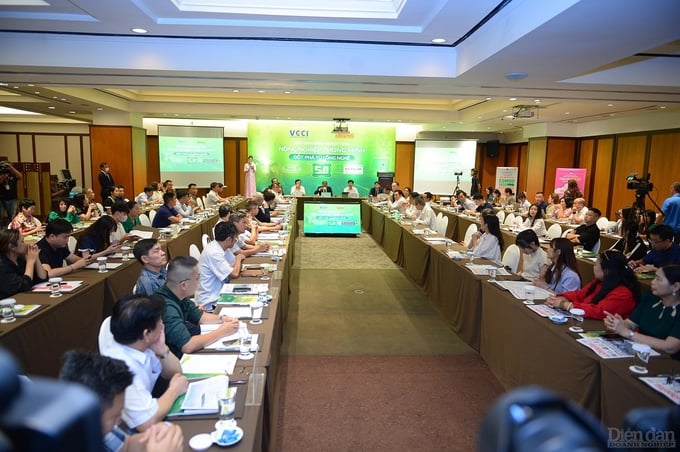
The Business Forum Magazine organized a forum on the application of Industry 5.0 technologies in agricultural production on the afternoon of July 23. Photo: Business Forum.
Participants at the forum discussed mechanisms for state and business collaboration in synchronized infrastructure investment and support services. Additionally, the forum focused on the development of value chains into ecosystems led by major businesses that are responsible for processing, enhancing the value of agricultural products and delivering goods to market. These core businesses are supported by local small and medium enterprises that provide input materials as well as production and trading services. On the other hand, cooperatives, farms, and farming households are connected to form a cohesive system in terms of technology processes and product origins, collectively supplying high-quality raw materials in a timely manner for processing and business activities.
Secondly, the forum highlighted the importance of utilizing special incentive policies to attract and support major businesses investing in high-tech agriculture.
Thirdly, there is an urgent need to reform mechanisms and improve the organizational systems of research institutes and universities; thereby creating a strong connection between research and training activities, motivating scientific staff to focus on innovation and the final effectiveness of scientific products.
At the forum, Nguyen Do Anh Tuan, General Director of the International Cooperation Department under the Ministry of Agriculture and Rural Development, noted that Vietnam's agricultural sector has maintained a consistent growth rate between 3 and 4 percent in recent years, with a notable increase from 2021 onwards. Following domestic efforts and the global trend of rising prices for agricultural products, Vietnam's agricultural growth has reached 3.4 to 3.8 percent.
Notably, agricultural export revenue reached 53 billion USD in 2023. Vietnam currently ranks among the top five global exporters of shark catfish, rice, coffee, cashew, black pepper, tea, cassava, and wood product. The country aims to achieve higher growth rates year-on-year, despite significant challenges in the agricultural sector.

Nguyen Do Anh Tuan, General Director of the International Cooperation Department under the Ministry of Agriculture and Rural Development. Photo: Business Forum.
General Director Nguyen Do Anh Tuan emphasized that Vietnam's agricultural productivity has currently reached its limit, with key agricultural products, such as rice, coffee, pepper, and shark catfish, achieving world record productivity levels. Conversely, natural resources are declining; agricultural production land either faces difficulties in expanding, is being converted to urban land, or is gradually degrading; water shortage is increasingly prevalent. Additionally, challenges arise from new regulations imposed by other countries regarding food safety and environmental technical barriers, with the most notable example being the new European anti-deforestation regulations.
In response to the three changes in agriculture (climate change, market fluctuations, and shifts in consumer trends), General Director Nguyen Do Anh Tuan suggested stakeholders in Vietnam's agricultural sector to create additional value by reducing the usage of inputs, natural resources, labor, and producing higher value.
“With this goal in mind, we must utilize the achievements of science and technology, including high-tech agriculture, in order to create a higher-value, greener, and cleaner economy,” General Director Nguyen Do Anh Tuan added.
These are the core ideas of the Sustainable Agricultural and Rural Development Strategy until 2023 with a vision towards 2050. The strategy is developed based on three key aspects: ecological agriculture, modern rural areas, and civilized farmers, thereby fostering a professional agricultural workforce.
With regards to preferential policies, General Director Nguyen Do Anh Tuan highlighted high-tech agriculture and smart agricultural development as priorities for the sector, complemented by support policies for investment in land, credit, taxes, infrastructure, scientific and technological research, and human resource training, development.
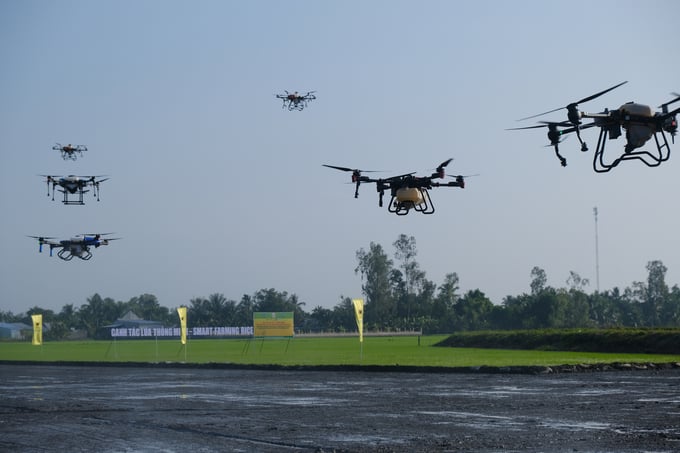
A demonstration of rice seed sowing drones at the Hau Giang 2023 International Rice Festival. Photo: Kien Trung.
Accordingly, high-tech agricultural land policies must be applied at the highest preferential level, including prioritizing investment in disadvantaged areas or non-agricultural producers who invest in high-tech agriculture; and extending public land lease terms from five to ten years.
Credit policies stipulate that high-tech agricultural projects will benefit from annual loan interest rates that are 0.5 to 1 percent lower than standard loans. Additionally, projects without collateral are eligible to apply for a loan of up to 70% of the project value. The main challenges in implementing these policies involve identifying criteria, planning, and collateral within businesses.
With tax incentive policies, various agricultural production inputs are exempt from value-added tax; corporate income tax is set at a reduced rate of 10% for 15 years, with a maximum exemption of 4 years and a 50% reduction in tax liability for the subsequent 9 years. Research and development projects in high-tech agriculture, classified under high-tech technology and products, will be prioritized for investment, with consideration for non-agricultural land use tax exemptions and reductions.
Translated by Nguyen Hai Long
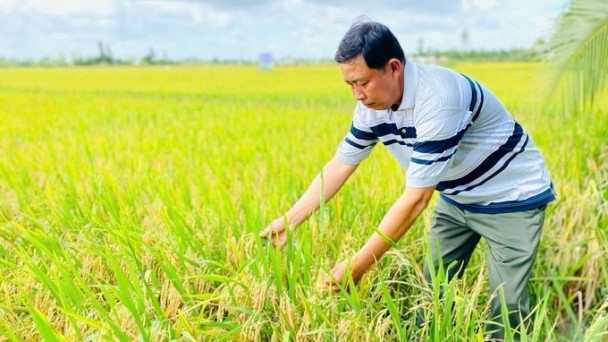
(VAN) Can Tho's agricultural sector coordinated with units to select 10 typical rice production cooperatives in Thoi Lai, Vinh Thanh, and Co Do districts to participate in the GIC project.
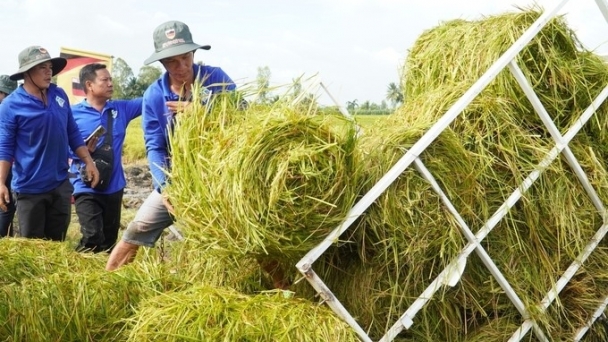
(VAN) Pilot models of the 1 million hectares of high-quality rice project have created major turning points in Mekong Delta farmers' thinking and action on production methods.
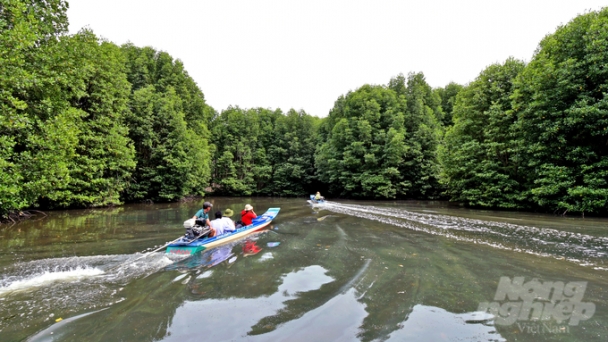
(VAN) Ca Mau's mangrove forests are home to rare species of flora and fauna. Beneath the silt-covered banks, the forests serves as a breeding ground for numerous aquatic species with high economic value.
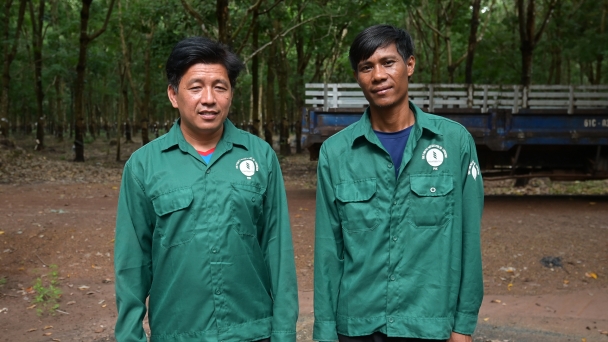
(VAN) Not only direct labor, the indirect management team at Phuoc Hoa Kampong Thom Rubber is increasingly seeing Cambodian personnel who meet the capacity requirements.
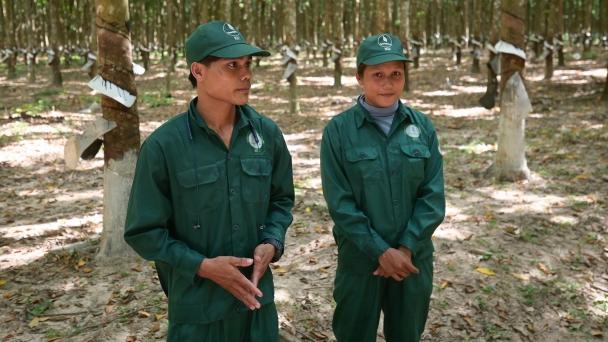
(VAN) From shifting cultivation, nomadic life and slash-and-burn farming, the Kuy people in Kampong Thong have now learned to settle down, working together to build a united, prosperous community under the shade of rubber trees.
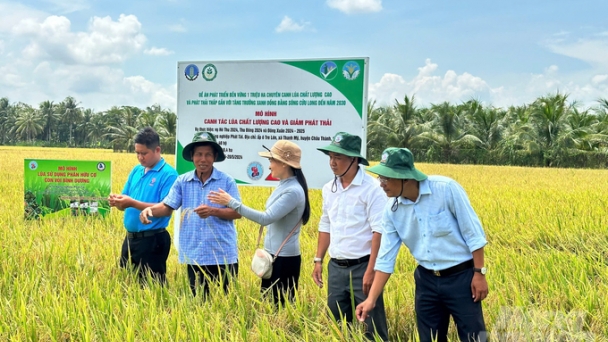
(VAN) The model participation in the 1 million hectares of high-quality rice initiative in Tra Vinh results in a yield of 6.3 tons/ha and additional profits of 5.6 to 7.6 million VND/ha.
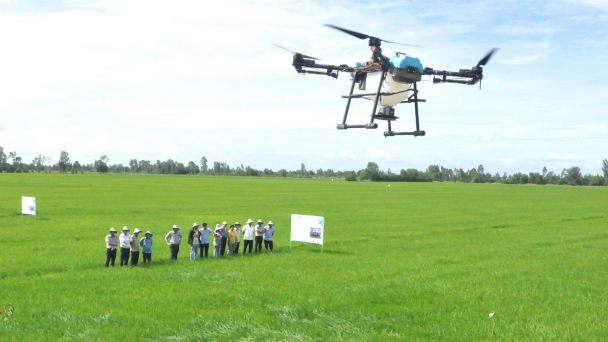
(VAN) The successful implementation of the Project on 1 million hectares of high-quality, low-emission rice attaching to green growth in the Mekong Delta is contingent upon the effective management of water resources.